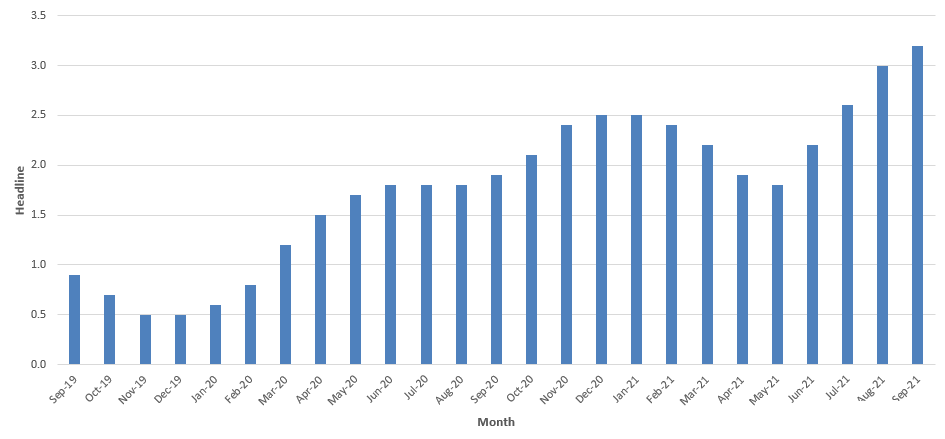How to structure a governance team for global business services (GBS)
Share

The last article looked at the factors underpinning successful GBS. We shall now zoom in one critical decision an organisation must take, the design of the GBS governance team.
To be influential enough, the governance team must be driven by a top level executive, with members at senior management level as a minimum.
In respect of the above, organisations must research what their reality is before implementing a GBS programme. We have seen many cases where top management convinces itself of a version of reality matching its preconceptions, only to learn the difference through bitter reality checks.
In addition to a well thought out and executed change management programme, PwC and HFS research recommend the following framework to decide on the appropriate level of centralisation in the context of a GBS implementation. Governance can be decentralised, centralised, or centre-led.
Decentralised model
In a decentralised model, a governance team takes a lighter touch approach, and facilitates development of a GBS strategy through a loose confederation of decentralised sub-governance teams. This form of organisation design vests great flexibility and decision-making with business process owners. However, decentralised ownership often results in misaligned objectives and lost opportunities, both in strategy formation and execution. Leading practices, even when properly communicated, may not be heeded.
Centralised model
In a centralised model, the governance team develops the organisation’s GBS strategy based on stakeholder feedback – although the governance team makes the final decisions. Transition to the GBS model is project managed by the governance team, but heavily staffed by business process owners. The strong control exerted in a centralised model creates more predictable outcomes and better alignment/ cohesion among different functional process owners’ efforts. However, decision making is typically slower.
Centre-led model
In a center-led model, the governance team develops the global business services strategy, and each business process owner is required to use standard frameworks to define and implement each area’s strategy. The governance team has greater formal capability to require more collaboration among functional areas, and it retains ultimate governance responsibility following transition, which it also project manages. This model is efficient and effective, embedding high levels of accountability with the business process owners and more focus on business strategy alignment than the decentralised model.
The best model depends on the unique circumstances of the business, such as its people and the industry it operates in.
The following diagram plots common key responsibilities of governance teams and business process owners depending on the governance approach chosen for implementing GBS.
Final recap: Key Drivers for a successful GBS execution
Over the last seven articles, we have shared international research and our practical experience of why GBS is better than the traditional SS&O model. GBS models are better in comparison as they involve the whole organisation, help break down pockets of resistance, and increase the chances of a lasting change. These characteristics are key to achieving corporate objectives faster.
While the traditional SS&O models had governance teams focus on task metrics, the GBS models calls for a focus on enterprise-wide transformation.
PwC and HFS research summarise the key factors determining successful GBS execution as follows:
• Corporate strategy drives global business strategies. Focus global business strategies on enterprise strategies. Keep a tight rein on change orders, ancillary decisions and stakeholder alignment.
• Marketplace changes and global business strategies must be adapted. Despite the best efforts to anticipate needs for scalability, extensibility and flexibility, global business strategies must constantly adapt to market demands on an organisation.
• Innovation requires investment in developing ideas and implementing solutions. While most organisations are dissatisfied with the amount of innovation they receive from service providers, the truth is most organisations under-invest their resources and efforts to innovate. They will derive benefits from innovation if they invest in it.
• Create a culture of open problem solving, root cause analysis, and leading practice sharing. Implementation and operation of a global business services strategy will come with their share of issues. Reward open, early disclosure of problems before they become significant. Focus teams on root cause analysis and sharing best practices.
• Develop a comprehensive multi-process, multi-year plan. Well planned and executed GBS strategies don’t happen overnight. Failed efforts by overly ambitious teams that bite off more than they can successfully execute are a common occurrence. Develop a two to three year plan to achieve objectives.
• Governance requires professional, experienced staffing and careful attention to career development. The governance team drives execution of GBS strategies. Acquiring the right mix of strategic thinking, operational focus and relationship management skills is critical to success.
• Get prescriptive with supplier management activities. Poor quality supplier management activities led by business process owners mar many global services strategies. Governance teams are not ivory towers.
• The right people and culture matter. It requires a strong background to drive collaboration among diverse internal stakeholders. Assigning the right people to lead GBS strategy development makes a significant difference.

















